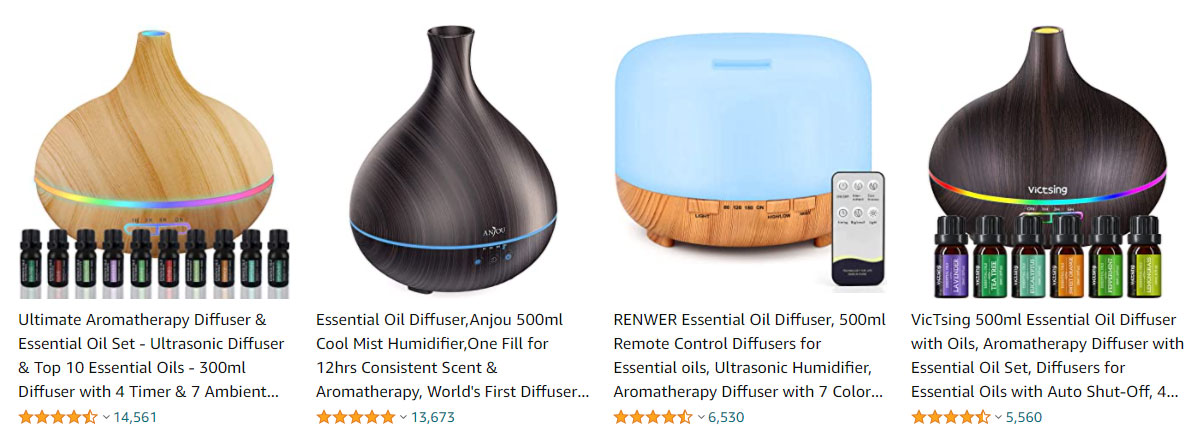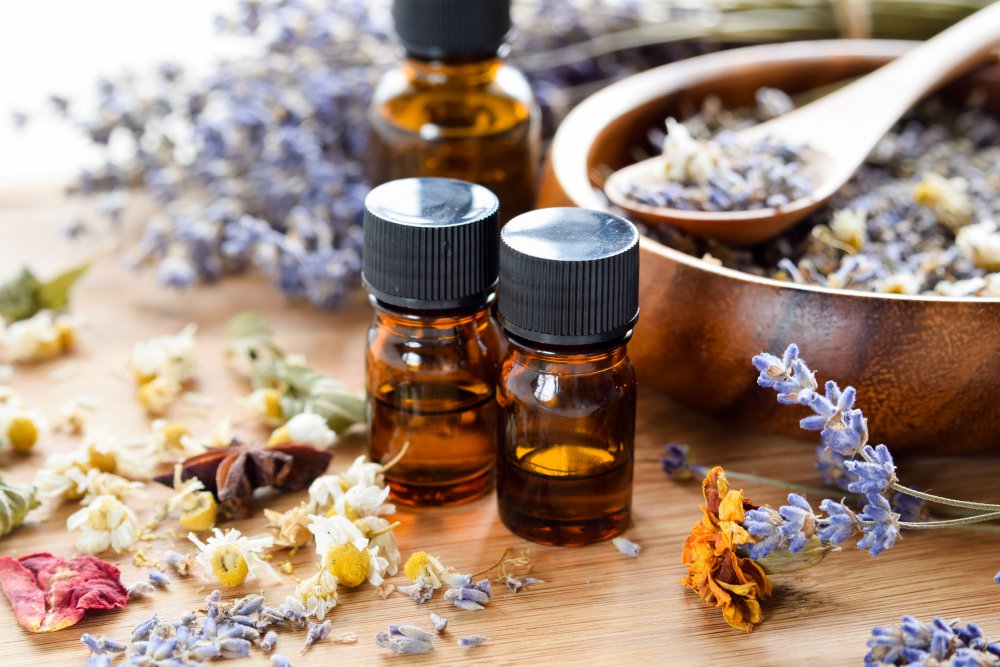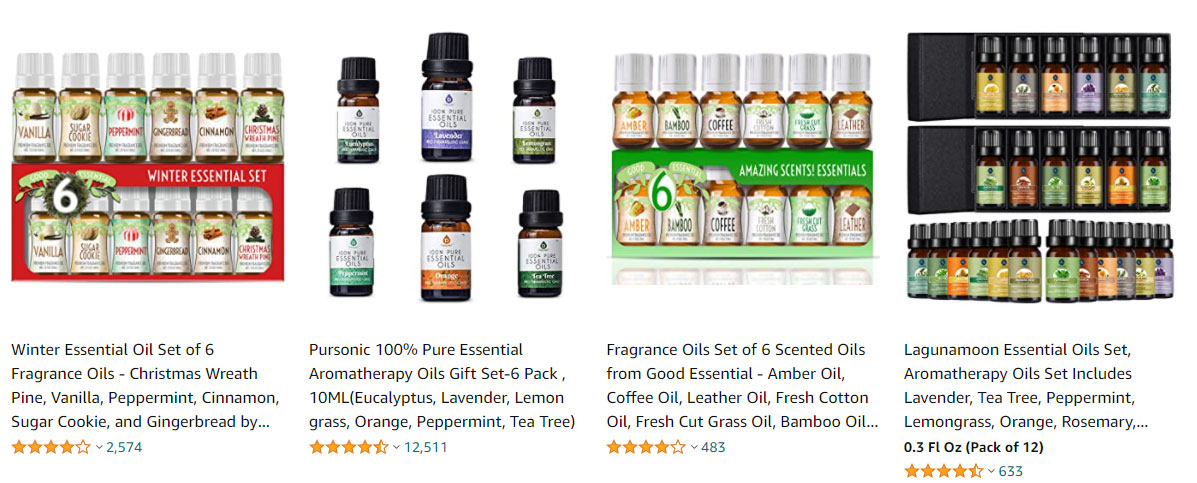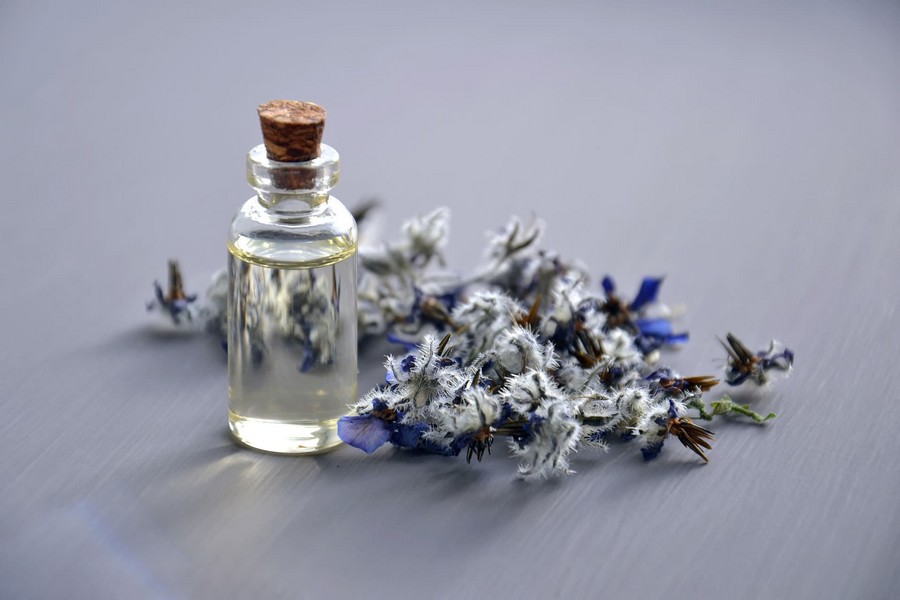How essential oils are made
Long before the use of essential oils became popular and fashionable, there were healers who had access to the benefits of essential oils by making poultices, balms and herbal teas from raw plants. In fact, herbal medicine was the only medicine for thousands of years until the pharmaceutical industry began to offer other options. Now, as the pendulum swings from prescription to all things plant power, it's time to fully understand what essential oils are, how they are made and how to use them safely and effectively.
What is an essential oil?
An essential oil is the extraction of the aromatic essence of a plant - the "quintessential" oil of that plant. Each plant has its own explanation for making these essences. In some cases, the essence attracts pollinators or repels predators. In others, the oil prevents nearby competing species from growing too close together. An essential oil can even serve as an integrated antimicrobial system to protect the plant and rid it of parasites.
Essential oils are created by the plant's glandular structures, either on the surface or internally. If you touch a lavender leaf, for example, you can smell the essential oil on your fingertips from the outer oil glands. With a plant like eucalyptus, you have to break the leaf to access the aromatic compounds. In both cases, when it comes to incorporating essential oils for well-being, it is often more convenient and accessible to work with a concentrated essential oil than the raw plant itself.
How are essential oils made?
There are two main ways to collect the essential oil from a plant: distillation, the oldest and most common method, and expression, the most commonly used with citrus oils. A new method called supercritical CO2 extraction is gaining popularity but is still not considered commonplace by most aromatherapists. Concretes and absolutes, often used in natural perfumery, require solvent extraction and are not considered "pure", although they are invaluable to the natural perfumer. All methods require a thorough knowledge of how and when to harvest the plant in order to obtain maximum aroma yield in terms of quality and potency.

1. Steam distillation
The most common method of producing essential oils is steam distillation. With this technique, the steam passes through a large hopper (like a steam basket in your kitchen) containing plant raw materials, causing the plants to release their aromatic compounds, which evaporate and rise with the steam in a closed cooling system above the steam chamber.
When the water vapour combined with the plant vapour is cooled in another chamber called the condenser, the vapour turns into a liquid. From there, they go to a separator, where they divide into water at the bottom and oil at the top. The water contains the water-soluble (hydrophilic) parts of the plant essence, so the remaining water is called floral water, or hydrosol. The oil-soluble aromatic compounds rise to the top of the hydrosol in a separate layer, which can be decanted off: This is the essential oil of the plant.
The same procedure is used for hydrodistillation, where the plant product is actually immersed in water, and for hydrodiffusion, where steam is introduced into the plants from above rather than from below. Not all medicinal plants can withstand this high-temperature extraction method, so other methods exist.
2. Expression
Citrus oils are obtained by expression (also called cold pressing, the first being a temperature-controlled process). The peels are first pitted over their entire surface to pierce the cells containing the oils, and/or soaked in hot water and then mechanically pressed. The pressed liquid and pulp are then centrifuged and separated into citrus juice and essential oil. Citrus peels are often obtained in bulk as a by-product of the citrus juice industry, which is why many of these essential oils (lemon, orange) are readily available and inexpensive. Pesticide contamination is a real issue to consider when choosing your citrus essential oil, so this is a very good reason to invest in certified organic oils.
3. Solvent extraction
The rest of the aromatic oils, which are not technically considered essential oils, are obtained using solvents: hexane, dimethyl ether or supercritical carbon dioxide. With hexane and ether, the residue is generally less than 10 ppm (parts per million), which is quite negligible. The least toxic of these solvents, however, is carbon dioxide (CO2) - just like in the air you've just breathed out.
In this method, which is gaining popularity, the solvent, CO2, is placed in a chamber with the plant material. The chamber is then subjected to extreme pressure (100 to 200 times normal atmospheric pressure) at about 28 degrees Celsius. The combination of a slight increase in temperature and a strong increase in pressure places the CO2 in a "supercritical" state. This is a somewhat scientific concept for the average person, but it is simply a state in which the CO2 is partly liquid and partly gaseous (like dense fog), allowing the aromatic components of the plant to dissolve in the CO2 cloud.
The supercritical CO2, which now contains extracted aromatic compounds, is separated from the remaining plant raw material and then returned to normal atmospheric pressure, where carbon dioxide can only exist as a gas. When it becomes gaseous again, it leaves behind only the extracted aromatic part of the plant. There is literally no residue of the solvent in the remaining CO2 extract because the solvent has physically changed from a supercritical state to a pure gas. It's a very cool and expensive thing, so its usefulness is still quite limited.
4. Enfleurage
Long ago, a technique called enfleurage was used to capture the essence of delicate flowers such as jasmine and orange blossom - the flowers were mixed with animal fat and pressed between pieces of glass. After a few days, the flowers were removed and replaced with fresh flowers - this process was repeated for several cycles until the fat was as rich as possible in the desired aroma. This technique is much less used today because most people do not want their cosmetics to be of animal origin. In most cases, concretes and absolutes have taken the place of enfleurage.

Essential oils: concrete and absolute
A concrete (a kind of paste) is made by combining plant materials, a solvent (hexane or ether) and waxes or resins. Once combined, the solvent is removed by moderate heating under vacuum (negative pressure environment). The remaining waxy compound is the concrete, which can be used to create alcohol-based perfumes. From there, the concrete is rinsed with ethyl alcohol, allowing the lightest aromas to be extracted from the concrete. The ethyl alcohol mixture is then distilled again, which removes almost all the alcohol (>95%), leaving the extracted aromatic compounds in the form of an absolute. Natural perfumers frequently use absolutes to incorporate plants such as tobacco, oak moss, jasmine and rose.
How to use essential oils?
Essential oils have been used for centuries in aromatherapy, perfumery, medicine and skin care. There are many recent statements about the health benefits of essential oils. Especially since they are becoming more and more common on the market. Although there is still a lot of research to be done on the healing potential of essential oils, it is clear that they are powerful and should be used with caution. Here are some simple and effective methods to use essential oils in your daily life:
1. Inhalation and diffusion
Inhalation is one of the easiest ways to use essential oils in your home. You can use a diffuser, pour a few drops into your bath, or pour them into a handkerchief. There are more and more studies that show that inhaling certain essential oils can help in certain pathologies such as migraines and anxiety.
2. Local application
Most essential oils are too acidic to be applied undiluted, directly to the skin, with a few exceptions. One of these exceptions is lavender essential oil. There is supporting evidence that lavender essential oil has analgesic (pain relieving), anti-inflammatory and topical antibiotic properties, making it very convenient to have around in case of burns or mosquito bites.
Essential oils can also be applied to the skin as skin care products. Of course, not all oils are suitable for skin care, and concentration is important, so be sure to ask about it first!
3. Household cleaning products
Some essential oils, such as lavender, cinnamon, geranium and thyme, have powerful antibacterial properties, making them an excellent choice for do-it-yourself household cleaning products. What's more, you will reap the benefits of inhaling these beautiful smells!
Did you like this article? Don't hesitate to share it with your friends and family and give us your tips and tricks in the comments section 🙂


